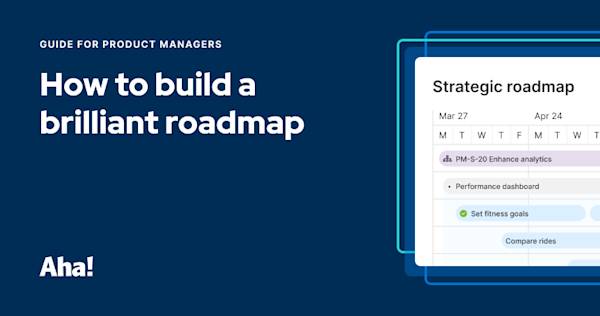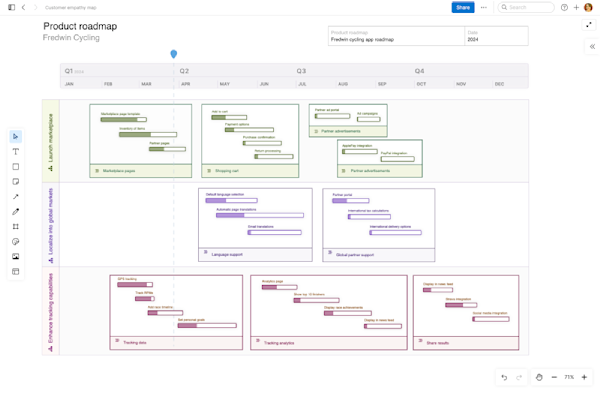Agile dictionary
Agile software development is not a single methodology — it is a grouping of many different methodologies and frameworks. Kanban, scrum, lean, The Aha! Framework for product development, and similar approaches all fall within this category. What do they have in common? A commitment to adaptive planning, iterative development, and continuous improvement.
This dictionary provides a list of agile-related keywords and their definitions to help you better understand these terms and concepts.
A
acceptance criteria | Requirements that must be met for a specific item in the product backlog to be considered complete. Acceptance criteria is helpful for estimating the time and resources needed during sprint planning. Note that although they seem similar, acceptance criteria is different from definition of ready. |
acceptance testing | The fourth stage of software testing, when developers validate that the software addresses users' needs and problems (see also: unit testing, integration testing, and system testing) |
A flexible product development model that blends upfront strategic planning with rapid delivery, helping organizations achieve value-first product development Related: | |
Agile Manifesto | A guiding document that defines agile values and principles for how software development teams should approach their work — with a focus on collaboration, adaptability, and incremental delivery. Related: |
Agile Release Train (ART) | A group of agile teams that work in tandem to deliver incremental value at a set cadence. ARTs are part of the team structure defined in the Scaled Agile Framework® (SAFe®). |
A collection of software development methodologies and frameworks that promote an iterative approach and continuous delivery. Agile teams work in short increments with frequent release cycles. Related: | |
Agnostic Agile | An approach that emphasizes agile principles without being tied to any specific agile framework or methodology. |
artifacts | A scrum term denoting items that represent work to be done to deliver value against the product goal. Scrum artifacts include the product backlog, sprint backlog, and increments. |
B
A list of work items. In scrum, there are two backlogs: the product backlog and the sprint backlog. Related: | |
The process of adding detail and estimates to items in a backlog. During backlog refinement (or "backlog grooming"), large items may be broken down into smaller units. | |
A visual graphic showing work against time. Scrum teams use burndown charts as a reporting tool to understand progress within a sprint. | |
burnup chart | A visual graphic showing the amount of work that has been completed during a sprint. Scrum teams use burnup charts to track progress toward a sprint goal and ensure work falls within the sprint's scope. |


